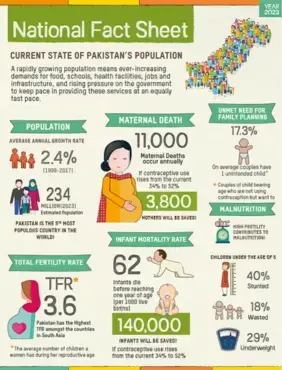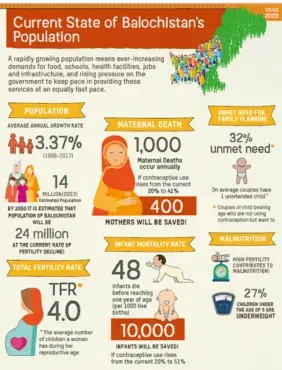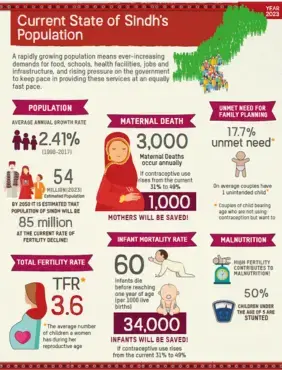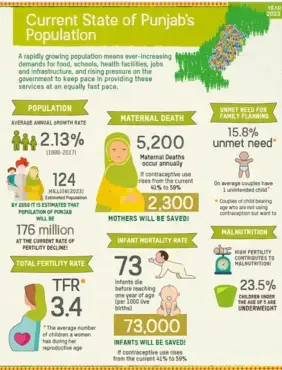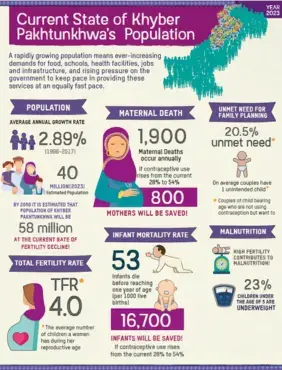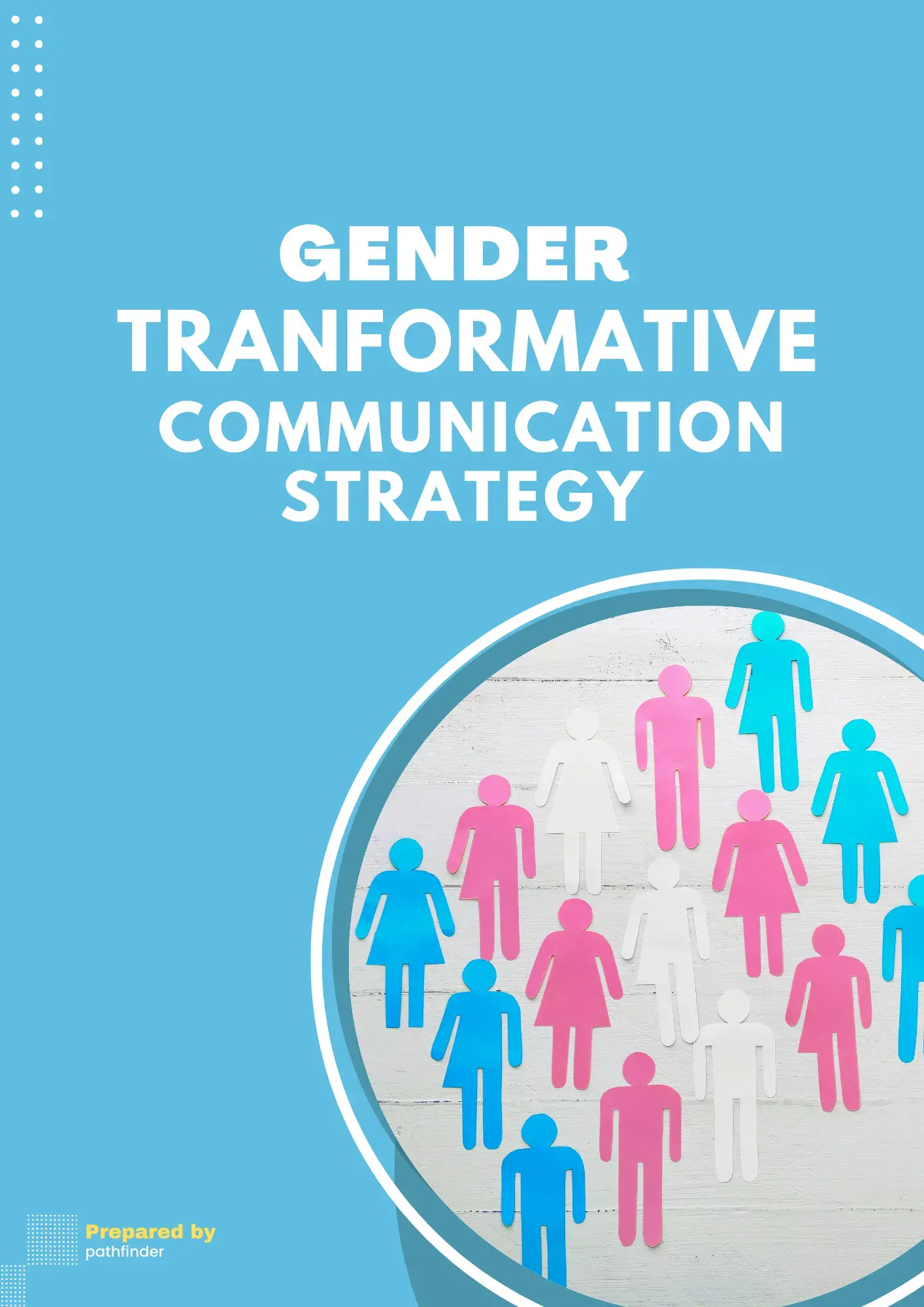Publications
Publications
Fact Sheet
National Factsheet- Current State of Pakistan's Population
The average annual birth rate in Pakistan from 1998 to 2017 was 2.24%. In 2023, the population of Pakistan was estimated around 234 million, making it the 5th most populous country...
Read more
Fact Sheet
Factsheet- Current State of Balochistan's Population
The average annual birth rate in Balochistan from 1998 to 2017 was 3.37%. In 2023, the population of Sindh was estimated to be around 14 million, and projections suggest that by 20...
Read more
Fact Sheet
Factsheet- Current State of Sindh's Population
The average annual birth rate in Sindh from 1998 to 2017 was 2.41%. In 2023, the population of Sindh was estimated to be around 54 million, and projections suggest that by 2050, th...
Read more
Publication
Counting Women's Unpaid Care Work in Pakistan
As a signatory of the Sustainable Development Goals (SDGs), Pakistan aspires to address gender inequality, with Target 5.4 of SDG 5 focusing on recognizing and valuing unpaid care ...
Read more
Fact Sheet
Factsheet- Current State of Punjab's Population
The average annual birth rate in Punjab from 1998 to 2017 was 2.13%. In 2023, the population of Punjab was estimated to be around 124 million, and projections suggest that by 2050,...
Read more
Fact Sheet
Factsheet- Current State of Pakhtunkhwa Population
Millions of women and girls remain far behind, and progress is slowing or stalled on key measures: 800 women die every day giving birth, unchanged since 2016 and nearly one in 10 w...
Read more
Publication
Understanding Provincial Generational Economy For Improved Policymaking
In understanding Pakistan’s economy, the national-level analysis of National Transfer Accounts (NTA) has been instrumental in providing overarching insights into the generational e...
Read more
Publication
Gender Transformative Communication Strategy
The Gender Transformative Strategy aims to promote gender equality and empower women by implementing a comprehensive and transformative approach within an organization or community...
Read more
Publication
Advocacy Brief - WDD Sindh Helpline
The Women Development Department was supported by UNFPA and Pathfinder, through the Sihat Mand Khandaan Project funded by Global Affairs Canada, to digitalize their data collection...
Read more

